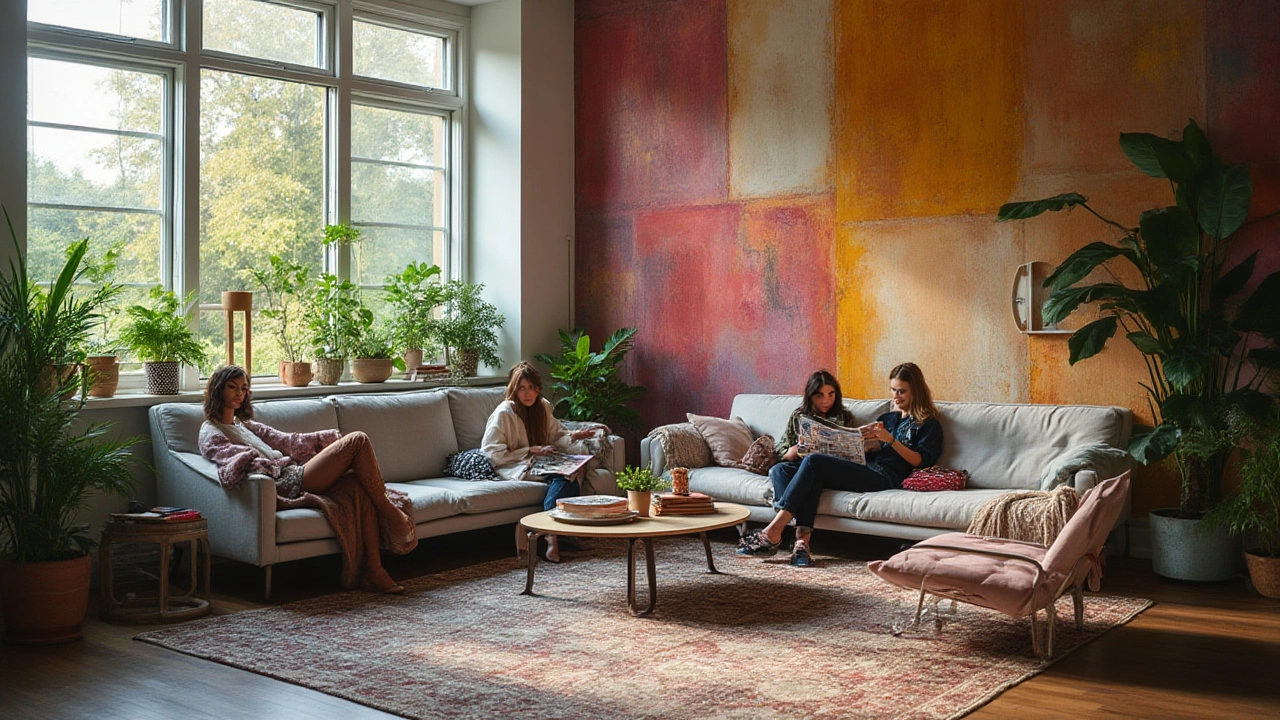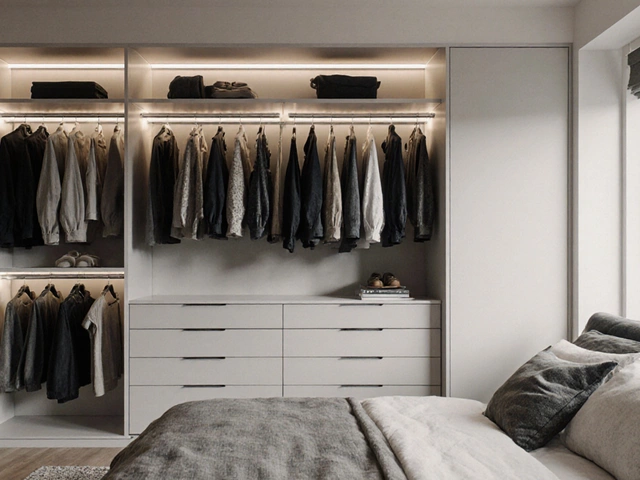Textured Wallpaper: Design Ideas, Trends & How‑to Guide
When working with Textured Wallpaper, a wall covering with raised patterns that adds depth and tactile interest to any room. Also known as wallcovering, it textured wallpaper transforms flat surfaces into visual focal points. This material encompasses design, material science, and installation skill, meaning you need to pick the right pattern, prepare the wall, and apply it correctly. Applying textured wallpaper requires proper surface preparation, the right adhesive, and patience, just like any other home renovation task. Wallpaper trends influence which styles are popular, while interior design dictates how the pattern fits into the overall look of a space.
Getting Started with Textured Wallpaper
First, understand the Wallpaper Trends, current styles and material innovations shaping wall décor. Today’s trends favor natural fibers, 3‑D geometric prints, and subtle color washes that play with light. Next, consider the Interior Design, the practice of arranging spaces to achieve a functional and aesthetically pleasing environment. If you’re going for a minimalist vibe, choose a muted, low‑relief texture; for a bold statement, pick a high‑relief pattern in a contrasting hue. The material choice also ties into the broader home renovation plan – as one of the posts in our collection explains, budgeting for a bathroom remodel or a loft conversion can affect how much you allocate to wall finishes. Remember, the wall must be clean, smooth, and sealed; any imperfections will show through the texture, so sanding and priming are essential steps.
Styling textured wallpaper is similar to pairing curtains with paint colors. For example, light‑colored curtains can soften a dark, dramatic wall, while a neutral palette lets the texture shine without overwhelming the room. You’ll also find that certain textures work better in high‑traffic areas like hallways, whereas delicate patterns suit bedrooms or dining rooms. When you combine the right pattern with complementary flooring, lighting, and furniture, you create a cohesive look that adds perceived value – something homeowners often look for when renovating before a sale. The articles below dive deeper into these topics, from cost‑effective upgrades that boost home value to practical DIY guides for walls and floors. Explore the collection to discover how textured wallpaper fits into your next project.
Is Textured Wallpaper Outdated or Making a Comeback in Modern Interior Design?
Is textured wallpaper really stuck in the past? Explore if it's outdated or cool again. Learn expert tips, current trends, and discover how to use wall textures smartly.
full article




